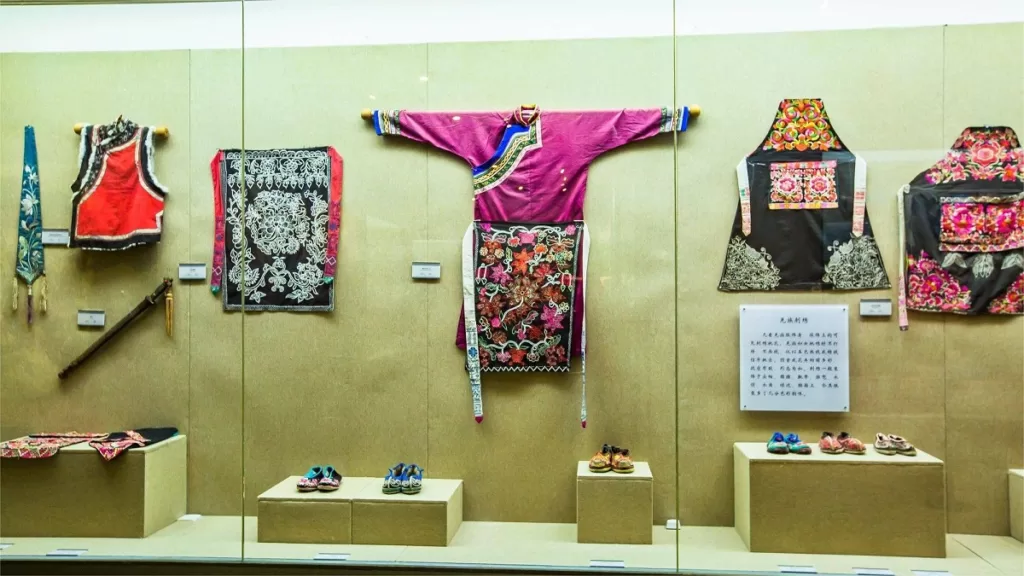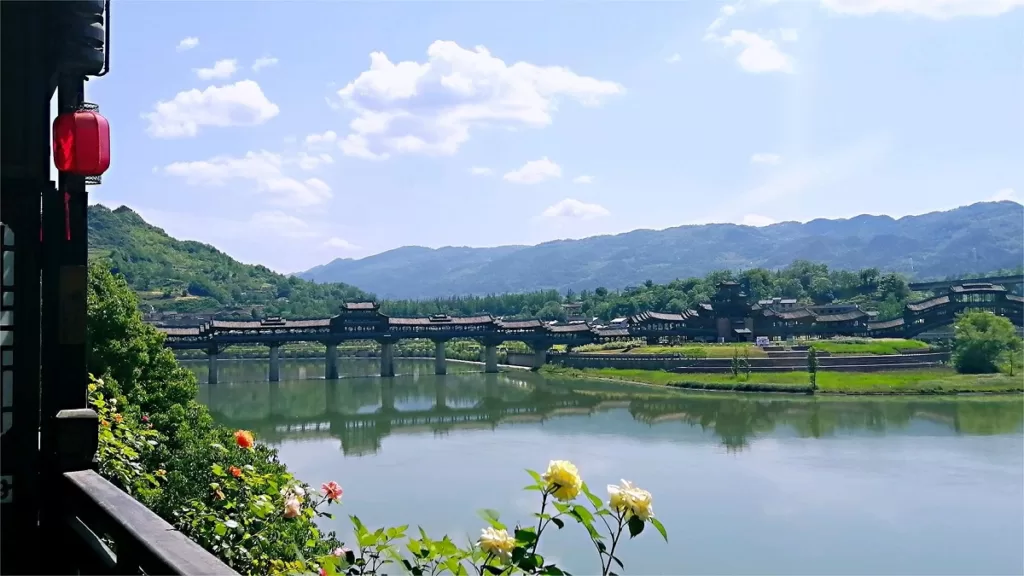Chongqing Ethnic Museum – Ticket, Opening Hours, Location, and Highlights


The Chongqing Ethnic Museum (重庆市民族博物馆), nestled on a sprawling 1200-square-meter site with an impressive architectural footprint of 9265 square meters, stands as a testament to the cultural diversity and historical richness of the region. Located in Qianjiang District, this museum showcases the unique architectural style of the Tujia people, featuring halls dedicated to history, traditional dwellings, clothing, rituals, arts, artifacts, calligraphy, and more. Established as a specialized museum in the field of social sciences, it officially opened its doors to the public in September 2004.
Inhoudsopgave
- Basisinformatie
- Locatie en vervoer
- Collections and Treasures
- Exhibition Highlights
- Andere attracties in Qianjiang District
Basisinformatie
| Geschatte lengte van de tour | 1 - 2 uur |
| Ticket Prijs | Gratis |
| Openingstijden | 9.00 – 12.00 and 14.30 – 17.00 Gesloten op maandag |
| Telefoonnummer | 0086-023-67821596 |
Locatie en vervoer
The Chongqing Ethnic Museum is strategically located at 512 Xinhua Avenue West Secion in Qianjiang District, Chongqing, China. To get there, tourists can take bus Qianjiang 101, Qianjiang 104, Qianjiang 107, Qianjiang 112, Qianjiang 115, Qianjiang 201, Qianjiang 207, Qianjiang 401, and Qianjiang 402, Qianjiang 503 and get off at Ethnic Culture Palace Stop (民族文化宫站).
Collections and Treasures
The Chongqing Ethnic Museum boasts an extensive collection that spans various categories, including pottery, ceramics, stone artifacts, bronze ware, inscriptions, coins, and more. Within its hallowed halls, visitors can marvel at 52 nationally significant historical relics and 482 ethnically significant artifacts. The museum proudly displays 345 images, further enriching the narrative of Chongqing’s cultural heritage.
Among the museum’s notable treasures are globally renowned artifacts. It has cultivated its unique ethnic characteristics and strengths, with a particular emphasis on Ba culture, relics from the resistance against Japanese aggression, and cultural artifacts from ethnic minorities in the southeastern region of Chongqing.
Exhibition Highlights
The museum’s exhibition halls offer a captivating journey through time and tradition:
History Hall: Unveiling the origins, living environments, and historical epochs of the Tujia and Miao ethnic groups in southeastern Chongqing, covering the period from feudal lords to modern times.
Folk Residence Hall: Featuring tangible exhibits of Tujia stilted houses and daily-use items, providing a glimpse into the domestic and productive aspects of life.
Costume Hall: Showcasing the vibrant traditional attire of the Tujia and Miao ethnic groups, including both traditional and modern clothing and exquisite silver accessories.
Ritual Hall: Exploring the rituals and ceremonies of the Tujia people, from wedding customs to funeral rites and religious beliefs.
Art Hall: Exhibiting folk crafts such as brocade weaving, looms, embroidery, batik, weaving, carving, and pottery, alongside images of local folk arts like Xiushan flower lanterns, hand-waving dances, grass-beating drums, and Miao drums.
Relic Hall: Displaying a range of artifacts, from Paleolithic and Neolithic stone tools to exquisite relics from the Warring States period, including bells and tiger-shaped coins.
Calligraphy and Painting Hall: Featuring works by minority ethnic artists from the Wuling Mountains, offering a glimpse into the artistic expressions of these communities.
Andere attracties in Qianjiang District

Qianjiang City Grand Canyon

Nationaal Geologisch Park Xiaonanhai

Oude stad Zhuoshui
Attracties in de buitenwijken van Chongqing, Attracties in Qianjiang-district Chongqing, Chongqing musea